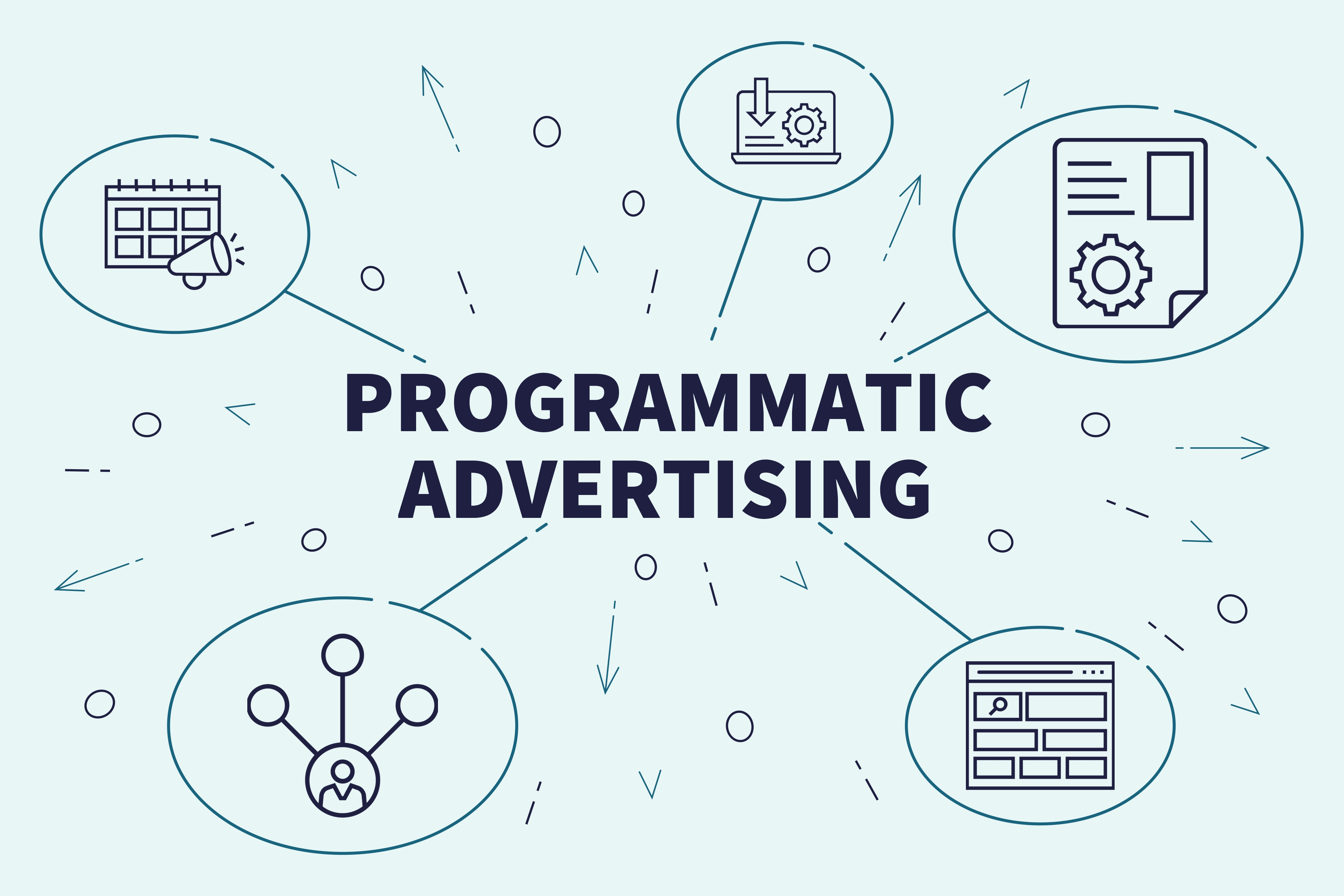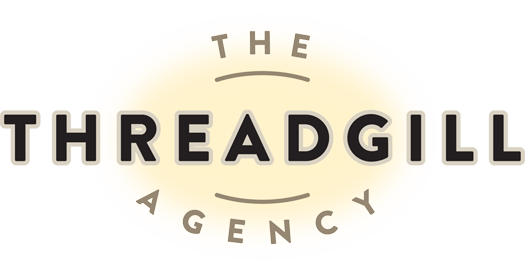
15 Feb A Beginner’s Guide to Programmatic Advertising
Spending on digital media in the U.S. exceeded $111 billion in 2018. According to eMarketer.com, 82.5 percent of those dollars were used in programmatic transactions. Industry prognosticators see a future where not only online ads, but also television spots and outdoor advertisements (billboards, etc.) will be placed using automated systems. What is programmatic advertising and why is it replacing traditional methods of buying and selling ad space?
In simple terms, programmatic advertising is the use of software to buy and sell digital media. Marketers set bid amounts, audience criteria, and other parameters, and advertisements are placed automatically between supply and demand platforms. Programmatic advertising makes use of sophisticated algorithms to position ads in front of specific consumers based on their demographics and internet behavior. If you’ve ever searched for a product online, and then found ads for that product following you around the internet, you’ve seen the power of this software to get ads where they will be most effective.
Ad Networks and Ad Exchanges
As with print, radio, and television, website owners generate revenue by selling ad space. At the start of the internet revolution, sales teams would buy spots on websites to place banner ads. These spots were sold for a set fee the same way ads in print media are sold. It didn’t take long for ad agencies to recognize the benefits of targeting ads based on internet users’ interests. New technology allowed advertisers to track ads and determine their ROI. Advertising rates became tied to the visibility of an ad and prices calculated as Cost Per Thousand (CPM) of impressions. (In digital marketing parlance, each loading of an ad is an impression.) Impressions and pay-per-click pricing replaced pay-per-placement as a more accurate measure of value.
Entering the new century, the number of websites grew exponentially followed by the ubiquitous use of mobile devices. The complexity of the landscape required an efficient way to connect advertisers and publishers. Ad networks came into being to meet this need. Think of an ad network as an intermediary between advertiser and publisher. They facilitate bulk buys by aggregating ad space inventory, adding their markup and selling impressions to advertisers. Ad targeting is usually contextual. Networks classify their inventory of ad space by topics, such as fashion or travel, and place ads that cater to consumers with these interests.
The dynamics of digital marketing and publishing had advertisers and website owners seeking even more options and increased transparency. Ad exchanges were the next logical development in digital marketing. Ad exchanges are platforms that allow marketers to buy ads directly rather than through a network. Buyers may bid for ad space programmatically in real-time. Rather than placing ads on relevant websites, this technology allows ads to follow consumers who most likely will respond to the marketing appeal based on their past internet behavior.
How Programmatic Advertising Works
The majority of, but not all, programmatic advertising takes the form of automated real-time bidding. When a consumer visits a website, content —text, images, and video — is loaded. Publishers that make space on their web pages for advertisements include lines of code that will send the browser to an ad server. The server connects with an ad exchange, passes on information about the website’s content and the current user. The ad space is put up for bidding on the open market.
Supply-side platforms (SSPs) are used on the publisher’s end to manage their inventory of advertising space. On the marketer’s end, demand-side platforms (DSPs) manage ad inventories and data used to target ads. Targeting data may also be drawn from a separate data management platform (DMP) that pulls together data sets from a business’s CRM systems and other sources. All this happens within a fraction of a second.
There are other ways of buying and selling ads programmatically. Publishers with premium ad space may offer their inventory in a private marketplace (PMP). This is an invitation-only auction that gives advertisers more control over where their ads are placed. Advertisers may also programmatically order ad placement directly with guaranteed ad impressions. This is much like the traditional way of buying ad space but technology allows buyers to select placements and configure ads directly. While there may be some human contact with the publisher, a sales team is not needed.
Programmatic advertising is heralded as the future of advertising. Automating buying and selling eliminates a lot of clerical work for publishers and marketing departments. It has the ability to immediately place the best ads in front of the right consumer at the right time making it more cost-effective than blanketing the landscape with media in hopes the target will be reached.
Automating advertising does not mean machines are replacing marketing department employees. Businesses will still need creative marketing specialists marketing agencies to develop strategies, build campaigns and design ads.[/vc_column_text][/vc_column][/vc_row]
